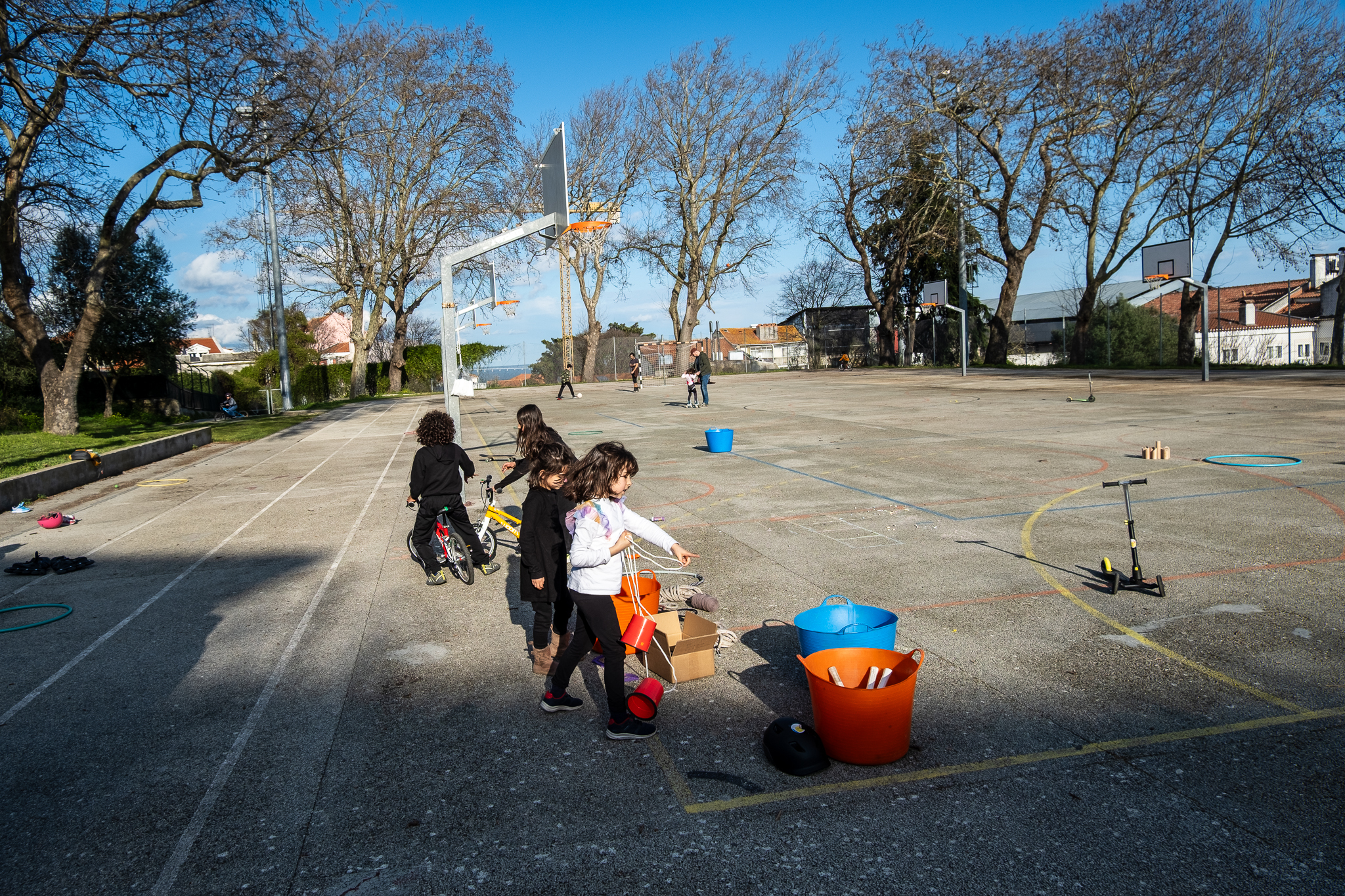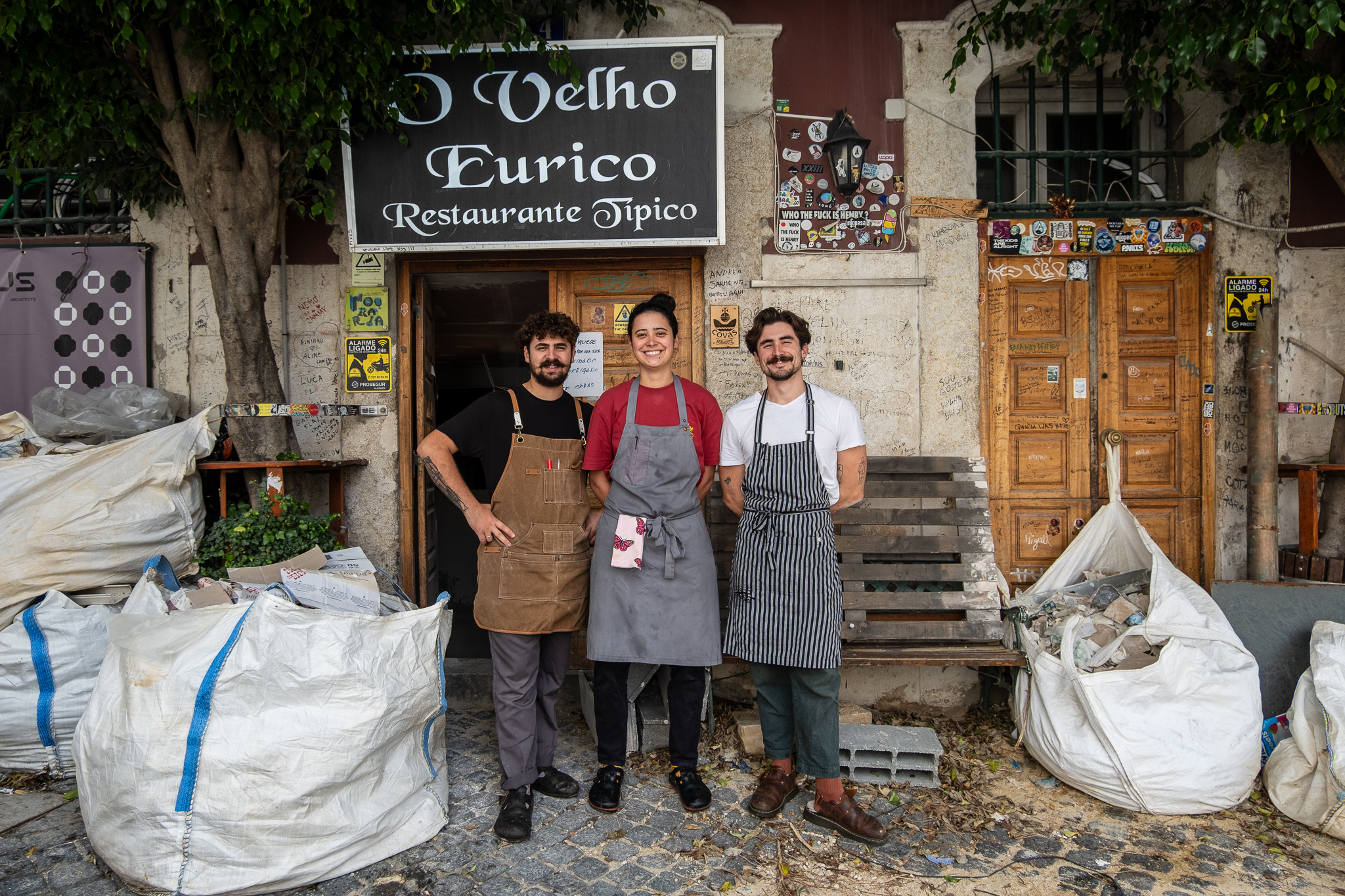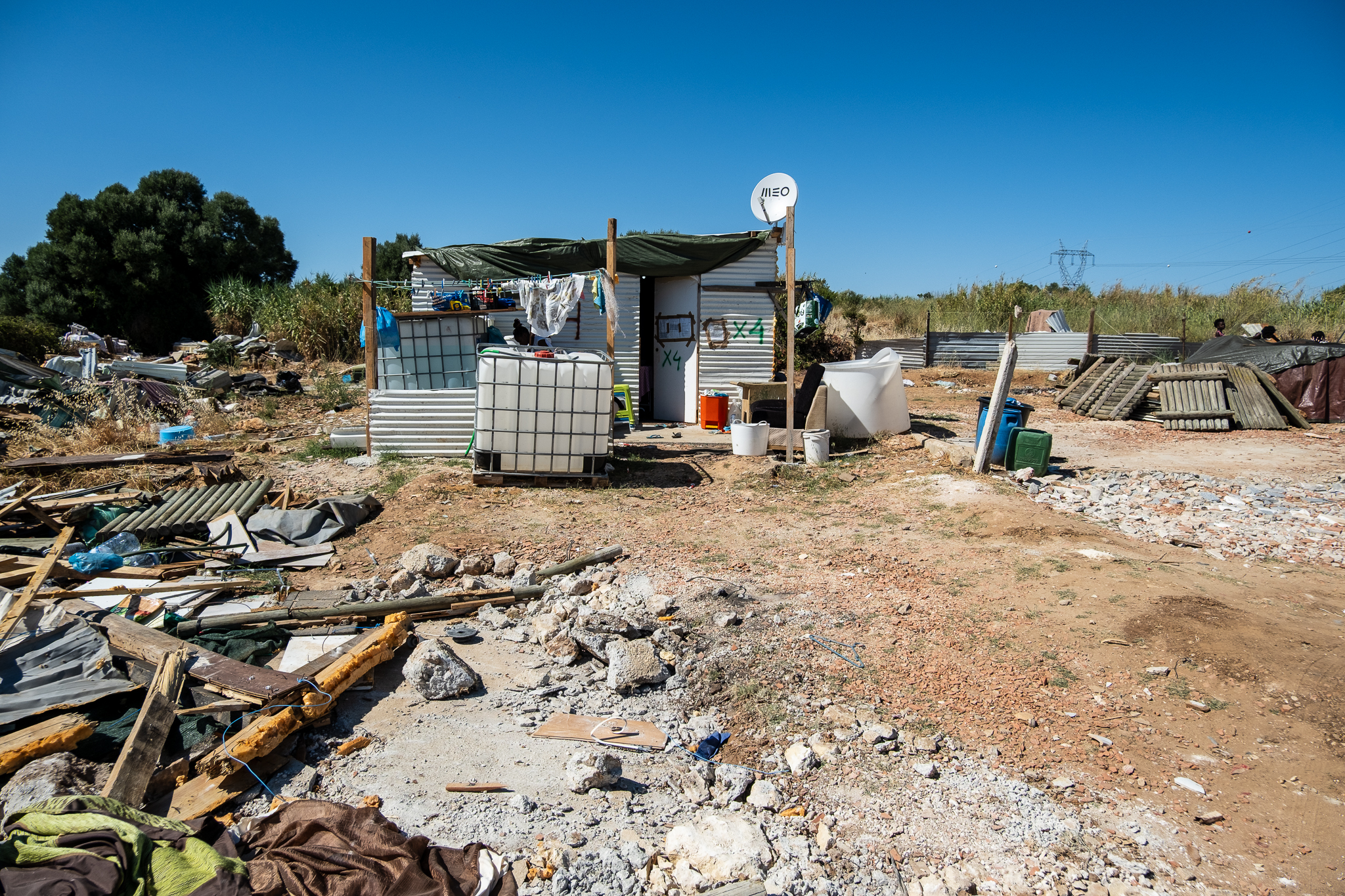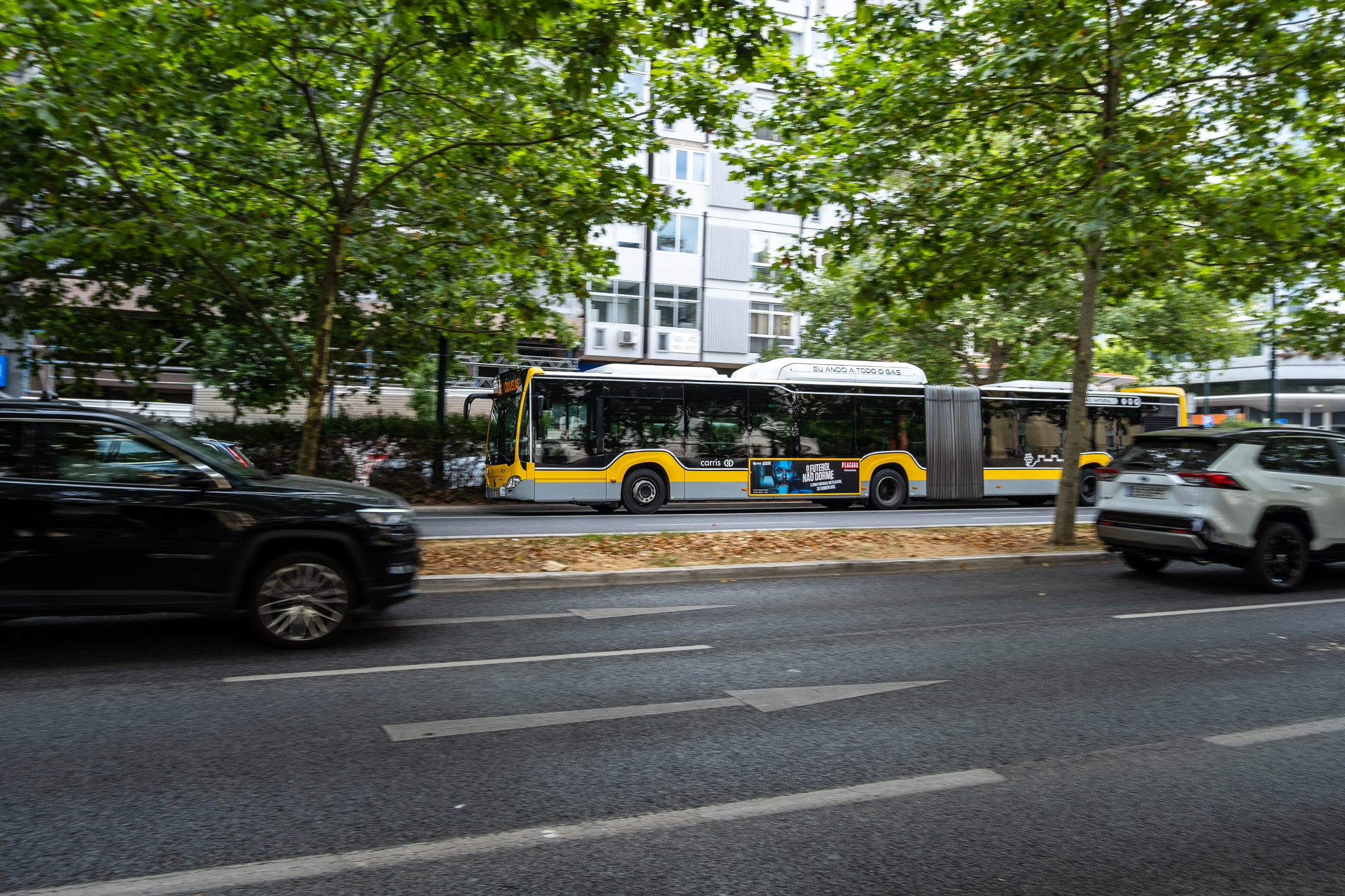The municipalities of the Lisbon Metropolitan Area (AML) will now have a tool that will enable them to study different scenarios and layouts for a metropolitan cycling network. The project is being developed by Transportes Metropolitanos de Lisboa (TML) and Instituto Superior Técnico (IST).

The 18 municipalities of the Lisbon Metropolitan Area (AML) will have, at the end of the year, a digital tool that will allow them to plan a cycling network that allows increasing the use of the modal share of bicycles as a means of transport, promoting the adoption of electric bicycles or stimulating intermodality. The project is being developed by Transportes Metropolitanos de Lisboa (TML) together with researchers Filipe Moura and Rosa Félix from Instituto Superior Técnico (IST).
Not having competence to intervene in the territories, the TML only intends to structure a study of what a metropolitan cycling network could beand provide a modeling tool to municipalities so that they can carry out their planning and make decisions based on concrete targets. Besides IST and representatives of the 18 municipalities, TML constituted an advisory board, with people and entities related to the issues of cycling mobility, public transport and road safety. The first meeting of this council took place on April 29th, and Lisboa Para Pessoas was invited to attend.
In this meeting, which took place by video call, the study of a metropolitan cycling network that TML is promoting was presented in general terms, with the first stage concluded: a report that lays the foundations of the project, which you can read at the end of this article (is also published here).


TML comes to this work with the vision of a metropolitan cycling network that "provide a real alternative to motorized modes over shorter distances" and that it is "complementary to public transport and motorized modes for longer distancesthrough intermodal articulation with them"..
The modeling tool, which IST is developing for TML, will allow each municipality in AML to evaluate its cycling network, in the expectation that it can be an integrated network at the metropolitan level. In practice, with this tool it will be possible to study different scenarios and understand which one is best, depending on the objective you choose:
- meet the goals defined in the National Strategy for Active Cycling Mobility (ENMAC) 2020-2030i.e. 4% of trips in cities to be made by bicycle in cities by 2025 and 10% of trips by 2030;
- encourage the adoption of electric bicycles, which allow longer trips, overcome slopes, and make mobility cyclable for more people;
- promote the use of the bicycle in conjunction with public transport (intermobility), i.e. that the bicycle can be used for the "last mile" between the station and the passenger's final destination.
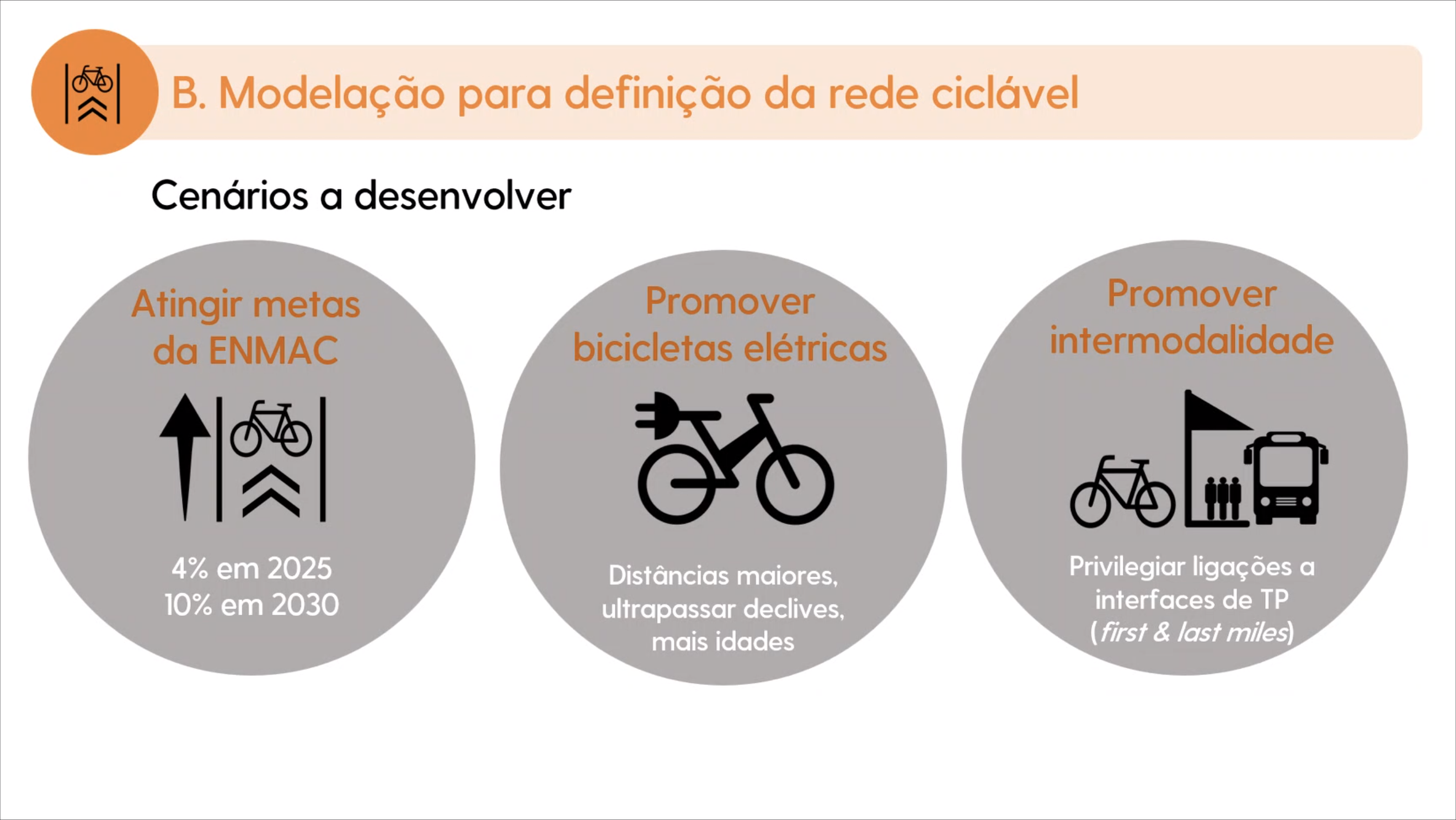
In other words, if the intent is to promote home-work/school commuting, it may make more sense for the bike path to pass along a particular street, while to promote intermodality it may have another route. Ultimately, and regardless of the scenario chosen, the goal will be to promote the attraction of more users and the tool will allow to indicate precisely that to policy makers: on which street or streets it will make more sense to have a bike lane to bring more people from the car to the bike, depending on the scenario chosen.
But since the intention is to establish a network, the tool will not point out loose bike lanes, but the 30, 60, 120, 200... most priority links for each scenario, in a network logic, in an integrated vision at the AML level and in comparison with the current scenarios. IST is calling the future tool BICLA-R and will be available online, both for municipalities and for the general public - not least because it will be developed in open source, based on the British tool Propensity To Cycle Tool (PCT).




Like the PCT, the BICLA-R will allow in a map to select a study scenario and visualize the modeled results. The base scenario will be with data from the 2021 census and IMob 2017 (Mobility Survey in the Metropolitan Areas of Porto and Lisbon), and then the other three scenarios the ones already mentioned: ENMAC targets, electric bicycles and intermodality. As the tool will be made available in open source, anyone can later create interactions of it with other scenarios.
"When we offer security to active modes, what we see is that people join. That is, there is a latent demand and we have to meet that latent demand, in addition to the other modes of transportation."commented Filipe Moura, at the April 29th meeting. With this tool, "we are not going to make demand estimates"he clarified. "We'll figure out where a cycling network can go, through modeling and assessing the expected modal transfers, socioeconomic indicators, and the emissions reductions that can be achieved." For example, "if between parish A and B there are 10 car trips and we want at least 4% of those trips to shift to cycling, we model which routes will have the greatest modal shift"Rosa Félix explained, noting that a network to promote the adoption of electric bicycles may be different from a network to achieve the ENMAC goals.
In addition to the information from the census and the trips currently made in AML, at the level of each parish, BICLA-R will have the road network (from OpenStreetMaps) and the cycling network currently existing in the metropolitan area, the terrain elevators, the public transport interfaces and also data from the stops, lines and schedules of AML's transport operators. A survey of the entire cycling network was done in November of last year - the AML has 368 km of infrastructure, 80% of which are dedicated lanes, 47% have a daily function and 16% for leisure; the planned network is 1310 km, with 12% in preliminary study or execution.
"After identifying the priority network, it is necessary to evaluate case by case, according to international best practices and at the level of each municipality, always keeping in mind a network that serves all users, starting with the most vulnerable"Rosa pointed out. "We are aware that not all municipalities are at the same pace and for municipalities that are more developed this tool can even be a validation of their work."
In the online meeting, two maps of the AML were presented by IST, which are reproduced below: one with the active mode connections (which includes biking and walking) that are today most traveled between two points, in a straight line; and another with a hypothetical scenario of a cycling network if it were possible to safely bike and walk on any road infrastructure and if everything were flat.


When completed, BICLA-R will have to be easy to use for any municipality or inter-municipal entity, even in the introduction of their own databases; the methodologies should be well documented; and the interface should be simple for anyone to understand. The working group that TML created with the municipalities will be monitoring the development of the tool and testing its use, making comments and suggestions, and will also receive training in how to use it; the advisory board, for its part, will also give its input and monitor the project.
The expectation is that there will be a prototype of the tool already between May and Juneand that it will have its final version in November, with a workshop open.


TML intends this work to culminate in the elaboration of a Metropolitan Plan for Active Cycling Mobility (PMMAC) for the Lisbon Metropolitan Area (AML), which can then be a source of rationale for the future revision of the Sustainable Urban Mobility Plan (PAMUS), a 2016 document that goes beyond cycling but is already outdated. The revision of PAMUS should be started in the next semester.
The project has a total cost of 56,650 euros (VAT excluded), 35 thousand euros financed by the Public Transport Service Fund (FSPT). BICLA-R and all this TML study work should also allow municipalities to base their options on the presentation of applications to funding sources for this type of infrastructure, or other actions related to them, always in conjunction with the municipalities.

